The 15 Fundamental Content Marketing KPIs You Need to Track to Measure Your Success

Content marketing success is notoriously hard to measure. But with a mix of clearly set goals and the right tracking tools, you can shed some light on the content marketing KPIs that matter to your business.
If you’ve ever wondered why some content marketers seem to publish hit article after hit article while others barely get a few cents worth of ROI out of their efforts, you’re in the right place.
This article will take an in-depth look at the right content marketing KPIs (read: the ones that are relevant to your bottom line) to track, why you should track them and how to do it in a way that doesn’t eat up all of your time.
This is what we’re going to cover:
What Are Content Marketing KPIs?
How to Set Relevant and Realistic KPIs for Your Content Marketing
Why Do You Need to Track Your Content Marketing KPIs?
The Top 15 KPIs Every Content Marketer Needs to Track
Content Marketing KPIs for Users
- Total Traffic
- Bounce Rate
- Scroll Depth
- Time Spent on Page
- CTR (Click-Through Rate) on Internal Links
- Social Shares
- Comments
- Sparked Conversations
Content Marketing KPIs for SEO
- Keywords Ranked
- Overall Organic Rankings
- Organic Traffic
- Backlinks Earned
Content Marketing KPIs for Revenue and ROI
- Leads Generated
- Leads Converted
- Actual ROI
Ready? Grab yourself a cup of tea and let’s dig in!
GIF via GIPHY
What Are Content Marketing KPIs?
Content marketing KPIs (Key Performance Indicators) are quantifiable, numerical metrics that you can use to track your progress against a specific goal.
In other words, by tracking the content marketing metrics that matter, you can get a clear birds-eye view on which of your pieces work and which don’t. The key performance indicators for content marketing you choose should always correspond to your business and general marketing goals.
Key performance indicators examples include time spent on page, leads generated, leads converted, and, of course, actual ROI. But more on that later.
Why Do You Need to Track Your Content Marketing KPIs?
Some marketing metrics are easy to measure. You set your Facebook ads monthly budget and, at the end of the month, you check to see if your sales amount is bigger than that budget. If you’re selling physical products, you also have to deduct the cost of the actual product from your sale to get the real ROI.
That’s pretty much it. It’s all you need to determine whether your Facebook campaign was successful or not and whether you should continue with it as is or not.
GIF via GIPHY
Content marketing success, on the other hand, is not that easy to measure. Metrics are harder to pinpoint and so is the actual ROI. For instance, you couldn’t calculate the ROI of your Facebook ads if you didn’t know each product’s cost of acquisition or how many people bought as a result of those ads, could you?
While you may know how much content marketing is costing you (at least roughly), the hardest part is pinpointing who bought what and why.
- Which piece of content should you attribute this newly generated lead to?
- How do you know which of your articles were relevant to your readers?
- What is the type of content you should invest more in?
- What types of content should you forego entirely?
These are just a few questions that tracking the right content KPIs can help answer. And a few of the reasons why each of your articles should have associated KPIs that you track regularly.
Bottom line: just like any other marketing or business tactic, content marketing can and should be measured against your goals. If you don’t know what works and what doesn’t, you end up wasting money on content that will never bring any ROI.
And that’s not the way to grow your business.
Another common problem with KPIs for content marketing is knowing how to set the right ones.
How to Set Relevant and Realistic KPIs for Your Content Marketing
There are hundreds of metrics you could track and all of them can be connected to content in one way or the other. But not all of them are relevant to your goals.
How do you define KPIs that are both relevant and realistic?
Well, the bad news is that there’s no one-size-fits-all here. Every business is unique and has unique goals. This means that each KPI definition process looks differently from company to company.
The good news is that there are several types of key performance indicators (see below) that matter to any business. Within these groups, you are bound to find the metrics that ultimately reflect your content marketing ROI.
How to make sure that your content KPIs are relevant?
This is, perhaps, the biggest question here. I use a two-pronged formula to establish KPIs, as well as topics and means of promotion for every piece of content we publish on our blogs, on third-party websites or that we recommend to our clients:
- Can it be tied to actual ROI? Not all your KPIs have to refer to cold, hard cash. But all of them should eventually lead to your business making more money. For instance, 10 new leads don’t bring money per se. But at a 1% closing rate, you start to see something in your bank account. All of your content marketing metrics should somehow be tied to your business goals.
- Does it offer any insights into user behavior? The time users spend on an article or the total traffic of your website are hard to tie to actual revenue. But they aren’t completely irrelevant. More traffic means more chances to generate leads. And more time spent reading one article means that you nailed it — both choosing the topic and writing it out. It means you should be producing more of that kind of content.
Briefly put, there are two things you should be considering for your KPIs (and for your content strategy in general): your users and your business goals. When you mind them both, you will see growth. If you neglect one for the other, you will be at a standstill.
How to make sure that your KPIs are realistic?
Right, this one’s a bit of a doozy. It depends a lot on your experience and your general business goals.
You see, most marketers and business owners tend to ask too much of themselves. This is reflected in the goals they set for their business and themselves (but the last part is better left to therapists).
10,000 reads of your new article on a brand-new website is not a realistic KPI. Nor is generating 20 leads with each article or closing 10 of them with that killer whitepaper you just uploaded.
GIF via GIPHY
You want your KPIs to be realistic because you want them met. If you set your expectations too high, you will be down in the dumps when you start missing KPI after KPI and eventually give up content marketing altogether.
On the other hand, you don’t want to be too lenient either. 20 reads of your article are way too few (if you’re publishing quality content, of course!).
So, how do you find the middle ground?
A few places to start:
- Your competition: look at their average engagement or even traffic. There are tools that help you get some insights into how your competitors fare. You don’t need access to their Google Analytics account.
- Your business goals: assuming an average conversion rate of 0.5%, how many leads do you need to generate to meet your financial goals? Can you really generate that many leads or do you need to add other marketing tactics to the mix? Always work backward from your goals to your KPIs to make sure that they are both realistic and relevant.
- Historical estimates & educated guesses: use your experience and thorough research to find out what you could expect from your content marketing efforts. How much traffic does a company in your industry have on average? What is their social media engagement rate?
Now that we got all this out of the way, let’s take a look at the content marketing KPIs you should be tracking and monitoring regularly.
The Top 15 KPIs Every Content Marketer Needs to Track
The list below is a comprehensive one. However, if you look closely, you will notice that each KPI is somehow connected to the others. And together they paint the picture of your content marketing success.
Content Marketing KPIs for Users
We start by putting the user in the center because you’re not creating content for yourself but for your users. If they don’t like it, find it educational/interesting or able to solve their problems, then you won’t be meeting your business goals through content marketing either.
-
Total Traffic
Traffic is perhaps the most common website KPI. The total traffic can be related to several things: UX, site speed, usability and more. But ultimately, it’s about the power of your content.
This is why it’s important to go beyond total traffic as a vanity metric. Sure, having millions of hits per month is great for your ego. But how great is it for your bank account? In other words, does this traffic convert into paying customers?
To find out, dig deeper into your Google Analytics account. Take a close look at:
- Which pieces of content drive the most traffic?
- Where is this traffic coming from (your top channels)?
- How is your traffic evolving from month to month (ideally, you should see constant growth)?
Answer these three questions and you will start to gain some insight into what type of content to publish more often and where to promote it.
However, it’s just the start. We have plenty more metrics to go through before knowing exactly what works for your users and your business.
2. Bounce Rate
According to Google, the term bounce rate refers to:
single-page sessions divided by all sessions, or the percentage of all sessions on your site in which users viewed only a single page and triggered only a single request to the Analytics server.
Too complicated?
Yeah, it is.
Here’s the simplified version: bounce is the name of a single-page session. It refers to a user that only visited one page on your website and didn’t care to click on another page. In Google Analytics, you will see these sessions marked with a duration of zero seconds. Since there were no clicks within the website, Google Analytics can’t calculate the duration of the session.
What is a good bounce rate?
Well, it depends on a lot of factors. First, there’s the type of your website:
Image via CXL
Then, there’s the industry you’re in:
Image via CXL
Note that the benchmarks above are just that — benchmarks. You don’t have to match them precisely. Typically, a bounce rate of 70% puts you within the average — across industries.
You can’t expect everyone to love your content or your website and to stick around for ages. Or to have the time to do so.
But when your bounce rate is sky high, you should take another look at your content. These are a few causes of high bounce rates:
- Your website has a poor loading speed
- Your website isn’t user-friendly enough
- The user didn’t find what they were looking for
- Your content is boring
- You use too many long blocks of text — long paragraphs, no graphics, no bullet points and so on.
A high bounce rate is also bad news for SEO. When users hit the back button soon after landing on your website, this sends signals that your website shouldn’t rank too high for the keywords on your landing page.
3. Scroll Depth
Content marketing KPIs make little sense on their own. You should always make correlations between them to get relevant insights.
Like the correlation between bounce rate and scroll depth, for instance.
As the name suggests, scroll depth refers to how much a user scrolls down on a certain page. Or, how much of that page they read before they get bored.
Typically, a user that doesn’t get too far on an article or a landing page won’t navigate to other pages of your website. They will simply exit and move on to greener pastures. Which affects your bounce rate.
You can track your scroll depth using Google Analytics. More info on how to do it here.
4. Time Spent on Page
The average adult can read 300 words per minute.
Image via Buffer
This article clocks in at roughly 5,000 words, so it means that the average reader would need about 16 minutes to read it all.
However, some people read faster than others. Plus, it’s quite common to skim articles online instead of reading them word by word. So I should never expect to have an average of 16 minutes on this page.
As far as an entire website goes, you should have even lower expectations when it comes to the time spent on-page. A good average time spent on-page is anything above two minutes.
5. CTR (Click-Through Rate) on Internal Links
This is the last content marketing KPI that’s strongly connected to all the above. Much like them, it also paints the picture of how engaging your content is and whether or not your users want more of what you have to offer.
When done properly, internal linking has the potential to grow your traffic exponentially. It helps a lot with SEO but, more importantly, it helps people navigate through your pages seamlessly.
Internal links can be CTAs that get users to service or sales pages or they can simply be links to other pieces of content on similar topics. Whatever the case, when users click the links embedded in your content, it means that they want to know more about the subject or that they are considering becoming your clients.
Pro tip: use internal linking to get users from your best blog posts to your top-grossing sales pages. Look at the content marketing KPIs above — articles with a long time spent on-page, huge traffic, great scroll depth are probably your best ones. Insert links to your sales pages there. Or even to any articles that don’t perform too well.
6. Social Shares
Up to now, there are 2,5 trillion posts on Facebook. Plus, 500 million stories are shared every day. And that’s just on Facebook! Add another 95 million posts shared on Instagram daily and you’ll see why social shares matter.
Standing out in over-crowded social networks is quite a feat. It means that your content is beyond good. When it comes to content marketing KPIs, social shares are one of the most important metrics to track.
Of course, you have to correlate this with other metrics to understand the ROI attached to those shares.
However, even if you can’t track each share to a dollar sign, this still means that you’re creating the right kind of content — the kind that gets noticed and that people want their friends to read or watch, too.
That’s very impressive!
Now all that’s left to do is create compelling CTAs that turn your awesome content into a well-oiled cash machine.
7. Comments
Comments are content marketing KPIs with immense value. It’s easy to hit like or share on social media but taking the time to write a relevant comment — now that’s engagement.
When one of your readers pauses their busy day to do that, you’ve hit content marketing gold. More importantly, you know that your content is valuable.
Now, inherently controversial topics like politics or discussions on race, gender and (in)equality will naturally get more comments. A business blog, on the other hand, not so many. People tend to read them, get the value they were looking for (ideally) and move on their merry way.
Comments are SO valuable because they are user-generated content. Not only do they signal that your content is valuable but they also help it rank better pretty much everywhere.
- On social media, posts with a high number of comments get better organic reach (and we all know how valuable that is).
- On your blog, user comments tell Google that your content should rank higher for certain keywords (since people are interested in it). Just look at the rankings of almost any page on Quora — a website that’s virtually built on comments.
If you want your content to get more comments (both on your blog and your social media profiles) you can:
- Invite people to comment. For instance: “Tracking any other relevant content marketing KPIs that the ones I mentioned? Comment below and share your knowledge with our community.” This simple CTAs tells people that they can bring value to a community and, at the same time, that they get to brag about their knowledge.
- Keep the conversation going. If you receive a comment, answer it timely and in detail. Ask additional questions to get that user to comment again.
- Tag people. If you know someone who’s an expert on the same topic, tag them and invite them to join the conversation.
8. Sparked Conversations
Unlike comments, the conversations your content sparks can have direct monetary value. Such conversations aren’t just KPIs for articles but also website KPIs, as they speak directly to how user-friendly and well-organized your website is.
Conversations can be chats initiated, emails sent, coupons redeemed and more.
In other words, these conversations are the very beginning of the process that turns a visitor into a potential lead.
Content Marketing KPIs for SEO
9. Keywords Ranked
The keywords a certain piece of content ranks for are the most important content marketing KPIs for SEO.
Why?
Because they are the first indicator of the organic traffic that the piece will get.
You can easily track your rankings in Google Search Console (for free but only up to 1000 keywords) or in any paid tool like SEMrush or Ahrefs.
Pro tip: take a look at the keywords that aren’t in the top 10 positions yet. Then go back to their respective blog posts or pages. Improve the content (add more text, new links, new images or videos) to give them the boost they need to rank in the top 10 positions in SERPs.
10. Overall Organic Rankings
The average position is what gives you an idea of your total organic rankings. According to Google, the average position is:
Image via Google Search Console
However, this is one tricky metric. Of course, it’s important to know the average position. But it can be a deceiving content marketing KPI.
Let’s say that your current average position is 20 (that’s a great number, by the way!). But you publish a new piece of content that currently has no backlinks and very little traffic. It might rank for some keywords but it will most likely be on position 100+.
A single piece of content can easily skew this key performance indicator. Not to mention the “About” or “Contact” pages who typically rank very low — and you don’t need to invest in ranking them any higher.
So here’s what to do: track this SEO content KPI but only to notice sudden changes. An algorithm change (like the Google BERT update) can change the landscape entirely. Make a point to check this weekly or monthly (more frequently when new updates hit) but don’t fret over small changes.
11. Organic Traffic
Organic traffic (aka the traffic that comes from unpaid rankings in search engines) is one of the most important content marketing KPIs to track.
For Idunn, more than 30% of the traffic comes from search.
The best part of it is that we’re ranking for keywords that are high-value to us, like affordable SEO services (average position 1.7) or hire an SEO copywriter (average position 3.7). These are great examples of queries our buyer persona uses to look for services just like ours.
How do you get more organic traffic and, better yet, the kind of traffic that you can convert into leads?
Through great content marketing. Always write with user intent in mind and leave search engines last. If human readers love your content, so will Google.
This is how we managed to keep our rankings and get new ones each week. And this is also how our clients get to rank for ALL the keywords they aim for. Just take a look at this case study from our sister agency, Copywritech.
Yes, content marketing is the key to hitting all your marketing KPIs (if done right!).
Want content that ranks and converts? Our content writing services are just a click away! Take a look and drop us a line telling us more about your business goals.
12. Backlinks Earned
Backlinks are to digital marketing what good press is to any business in any industry. The recognition that you’re doing content right. This is why they are some of the most important content marketing KPIs to track.
Here’s how they work:
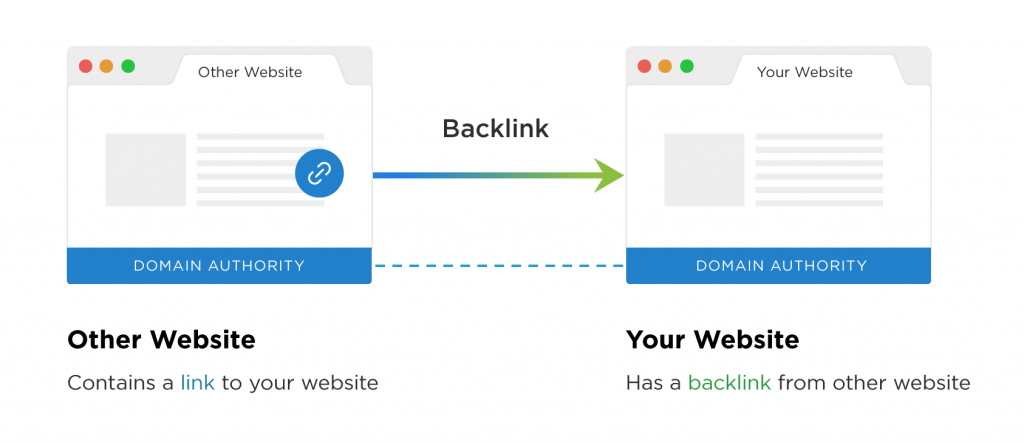
Image via Backlinko
And here’s why they are such an important content marketing metric:
Backlinks (also known as “inbound links”, “incoming links” or “one way links”) are links from one website to a page on another website. Google and other major search engines consider backlinks “votes” for a specific page. Pages with a high number of backlinks tend to have high organic search engine rankings.
Briefly put, the more “votes” you get from other websites, the higher your rankings will be. And the higher your domain authority. When your domain authority increases, so do your rankings.
So it’s pretty much a circular, self-feeding machine whose favorite meal is backlinks.
The best way to get more quality backlinks to your website is to publish great content. People link to great industry reports, killer blog posts and amazing graphics.
You can also earn backlinks naturally by guest posting on other websites.
What you should be wary of, though, are links obtained through sketchy practices. Black hat SEO is a no-no for a reason. Links from spammy websites harm your link profile and lower your domain authority instead of increasing it.
So keep it ethical, OK?
Content Marketing KPIs for Revenue and ROI
Ah, my favorite section. I love talking about content marketing ROI! After all, this is why we’re doing it, right? Any marketing activity should have an ROI tag attached.
If the previous content marketing KPIs could only hint to ROI (for instance, you need more traffic to get more leads), the ones below get really specific. This is the part that your entire marketing strategy should be focused on.
Without further ado, let’s take a look at how content marketing can bring you cold, hard cash.
(OK, one last GIF, I promise.)
GIF via GIPHY
13. Leads Generated
A lead refers to someone who could become a client. Leads are also called “prospects”. When someone leaves their contact information on your website, they automatically become leads.
Why are leads such an important content marketing KPI? Because they are that middle part of your sales cycle where everything is made or broken.
Let’s take a closer look:
- You create amazing content so –>
- You get great rankings and backlinks –>
- Then comes the traffic (organic or not) –>
- Comments, social shares, likes and more follow suit. And they are all great because they bring more traffic. Out of that traffic –>
- Only a small portion of visitors become leads.
But as small as that portion may be, it is the one that matters most since it’s the only one that has signals actual cash.
See how all the content marketing KPIs we discussed so far come together?
So, how do you get more leads through content marketing? Some lead generation tactics that you can implement in a few minutes are:
- A newsletter sign-up pop-up (by the way, did you see the one on our website, wink-wink?)
- Having great calls-to-action scattered throughout your content
- An easy to find contact page on your website and contact form on all your pages (yes, blog posts included — see below)
- A great lead magnet. Here’s a great example via OptinMonster:
A good lead magnet is short and to the point. More importantly, it offers great value — the kind of value people are willing to trade their email addresses for.
For this content marketing KPI to be tracked effectively, you need to know which of your pieces of content are generating leads and which aren’t. There are countless plugins and tools or CRMs that you can use to track your leads.
To know where each contact came for, you can set UTM codes in Google Analytics. This way, you’ll know who cam through the blog, who came through social media and who came from one of your backlinks.
CRMs like HubSpot also offer trackable contact forms so you can see the information at a glance.
14. Leads Converted
While the leads you generated are a must-track content marketing KPI, they still don’t spell money. There is one more step in the process I detailed above. The converted or closed leads.
Your conversion rate can be calculated very easily as a percentage from the leads you generated. How many of your leads turned into paying customers?
Conversion rates vary a lot across industries and they are mostly tracked in relation to landing pages. Conventionally, the average is 2%. This means that 2% of your leads have become your customers.
Image via WordStream, conversion rates for Google Ads landing pages
Is your conversion rate not high enough? It never is, right?
If you want to increase it, you simply have to go backward in assessing your content marketing KPIs. You can start by testing multiple offers, CTAs, and types of content. But ultimately, you will need to work on adjusting all the metrics because:
- To get more conversions, you need to generate more leads
- To generate more leads, you need more traffic
- More traffic comes from publishing more content, getting more backlinks, social shares and more
Again, it’s a self-feeding machine. Or an ecosystem, if you will. You can’t drop a piece of the puzzle and hope for the best. Each content marketing KPI has its value and its role in the success of your strategy.
15. Actual Content Marketing ROI
Ah, yes, our final destination. (But not in the creepy, movie-related way, OK?).
If you’ve tracked all the content marketing KPIs above, you can now safely pinpoint your ROI.
Start with the leads you converted. What’s the cash value of each lead? How much are all the leads you converted in a month worth?
From this number, deduct your expenses:
- The cost of writing services
- The cost of promoting your content
- Staff expenses
- Other business expenses (SEO tools or other SaaS solutions you use for content marketing)
That’s it. That is your content marketing ROI.
How’s that number looking? Is it what you were hoping for? If not, take a look at the content marketing KPIs above. You can spot the weak link this way and optimize your content marketing efforts.
At Idunn, at least 95% of our clients come through content. They read what we publish, they like it and they contact us to handle their content too. Since it’s our bread and butter, content marketing ROI is very important to us. And so is optimizing it.
We managed to get a better ROI by:
- Publishing long-form, in-depth pieces of content. Instead of a few short pieces each week, we now publish long-form (an average of 4000+ words) guides. They generate more leads and so we can put an ROI tag to pretty much every piece we publish.
- Expanding our network. Aside from the content we publish here, we regularly publish on other websites. This brings us new traffic, more backlinks, better rankings — you already know the circle.
- Zero-ing in on our buyer persona needs. No more topics that we like. Instead, we publish on topics that matter to our readers. If you want to learn more about our journey to customer-centric content, you can read my article on how to convert blog readers into paying customers.
Top 15 Content Marketing KPIs to Track — Wrapping Things Up
If your content strategy revolves around KPIs, then you’ve already made the first and most important step. Now all that’s left is to keep tracking these KPIs.
There are countless tools you can do this with — BuzzSumo, SEMrush, Ahrefs, Google Analytics, Google Search Console, to name only a few.
But whatever your tool of choice, make sure to NOT drive yourself mad by comparing results from other tools too often. If you constantly meet your content marketing KPIs, that’s another piece of great news!
Just remember to check in every month to see what changed. SEO and content marketing are moving fast and you can easily lose the rankings you’ve worked so hard to gain.
Need content marketing KPIs in a visual form? Check out this infographic by Shane Barker.
Want to take your content marketing KPIs to the next level? Fill in the contact form below and we’ll help you meet them — plus, with us taking content writing off your plate you’ll have more time to grow your business.




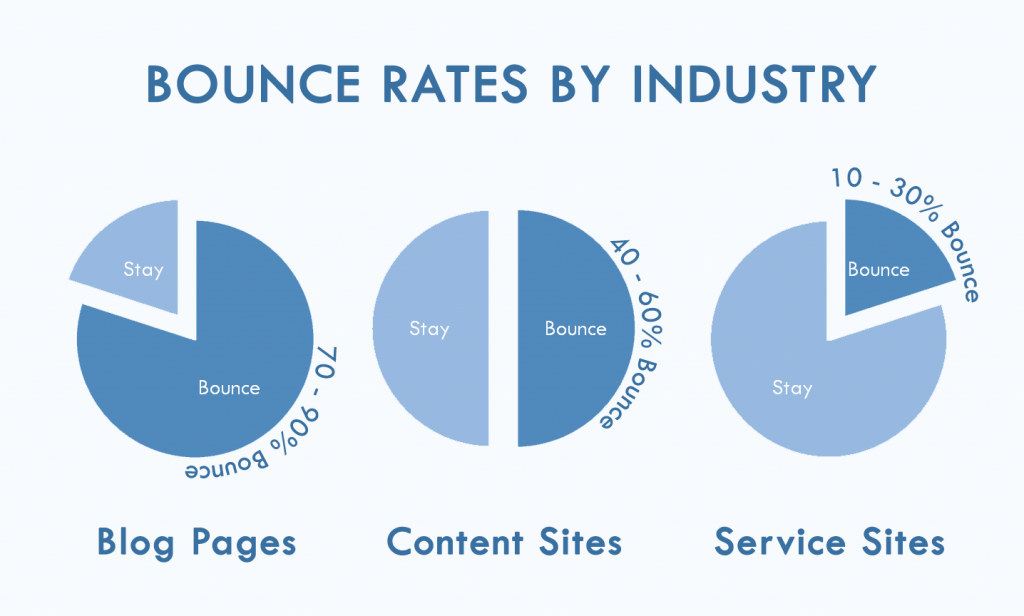
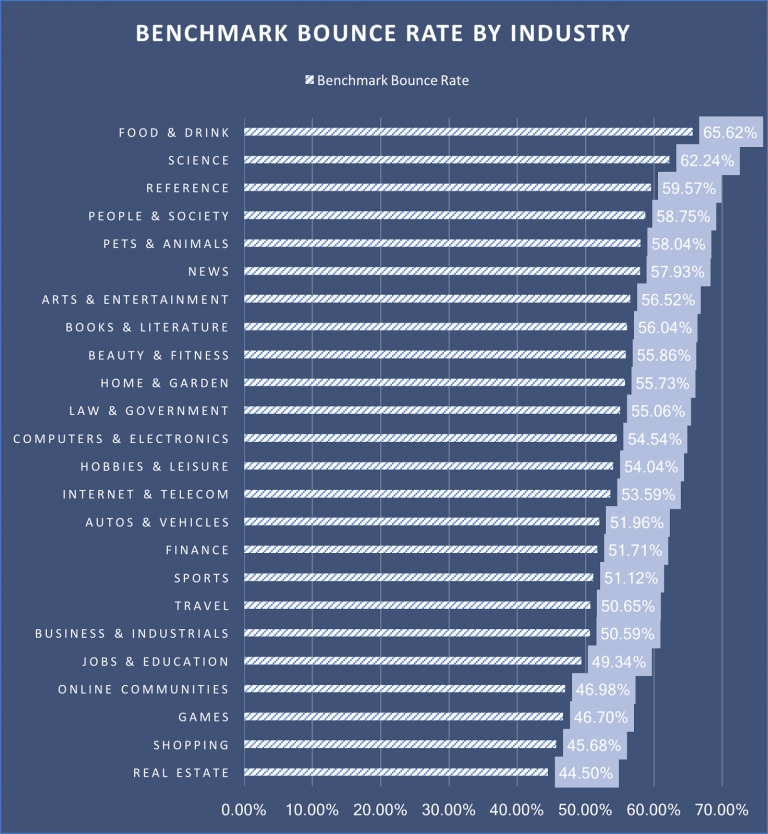
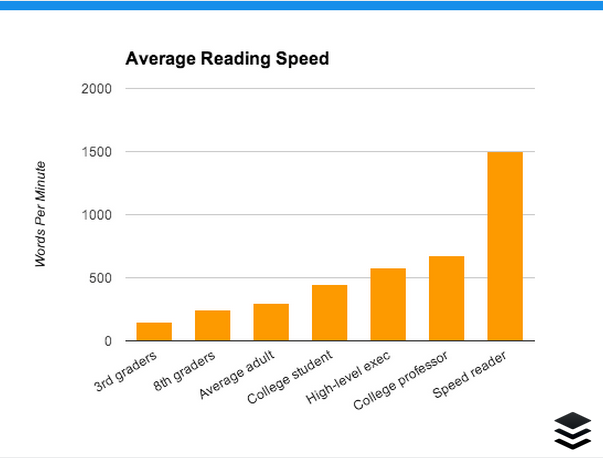
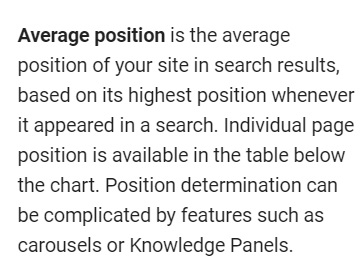
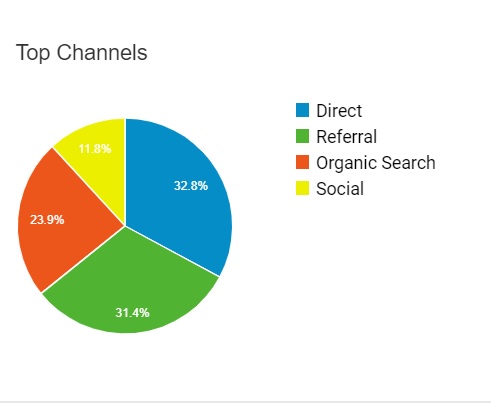


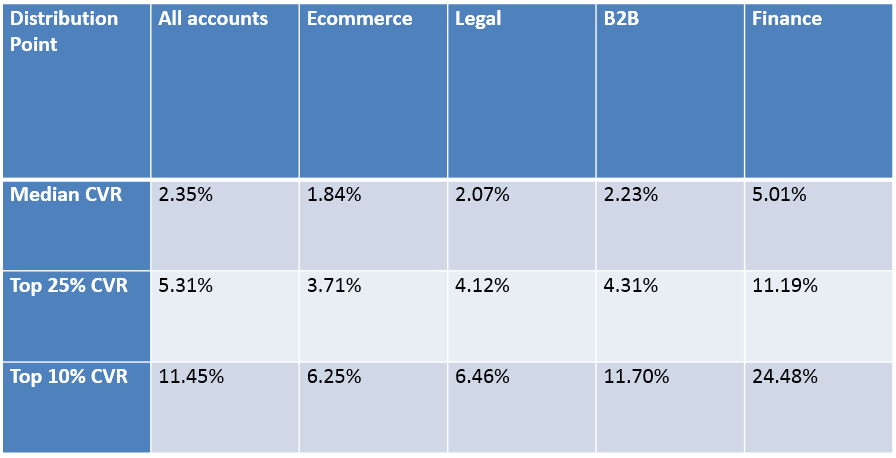

6 Comentarii la “The 15 Fundamental Content Marketing KPIs You Need to Track to Measure Your Success”
[…] If you need to read more about measuring and tracking, you can check out this in-depth article about content marketing KPIs. […]
[…] If you need to read more about measuring and tracking, you can check out this in-depth article about content marketing KPIs. […]
[…] If you want to learn extra about measuring and monitoring, you may try this in-depth article about content material advertising KPIs. […]
[…] Cisco lesson: don’t just create content for the sake of it. Always track your content marketing KPIs to know where you stand and what your ROI […]
[…] should lead your copywriting and content marketing KPIs list. Are you converting at the very least 2% of your […]
Awesome article.